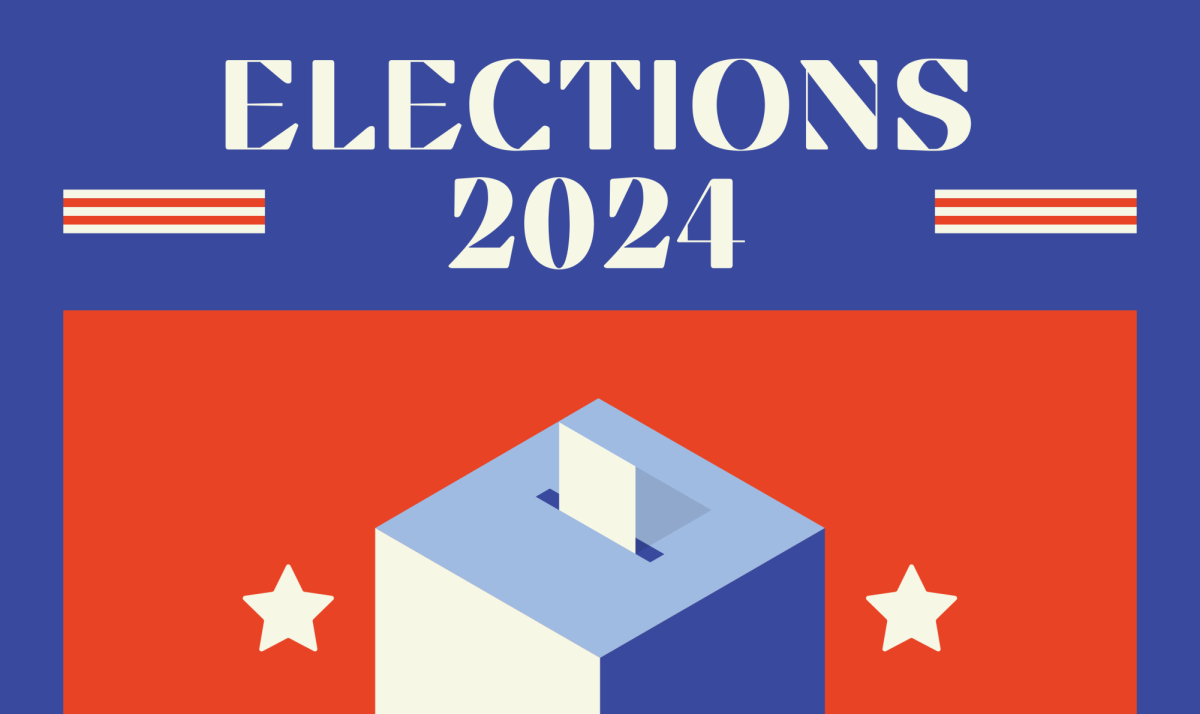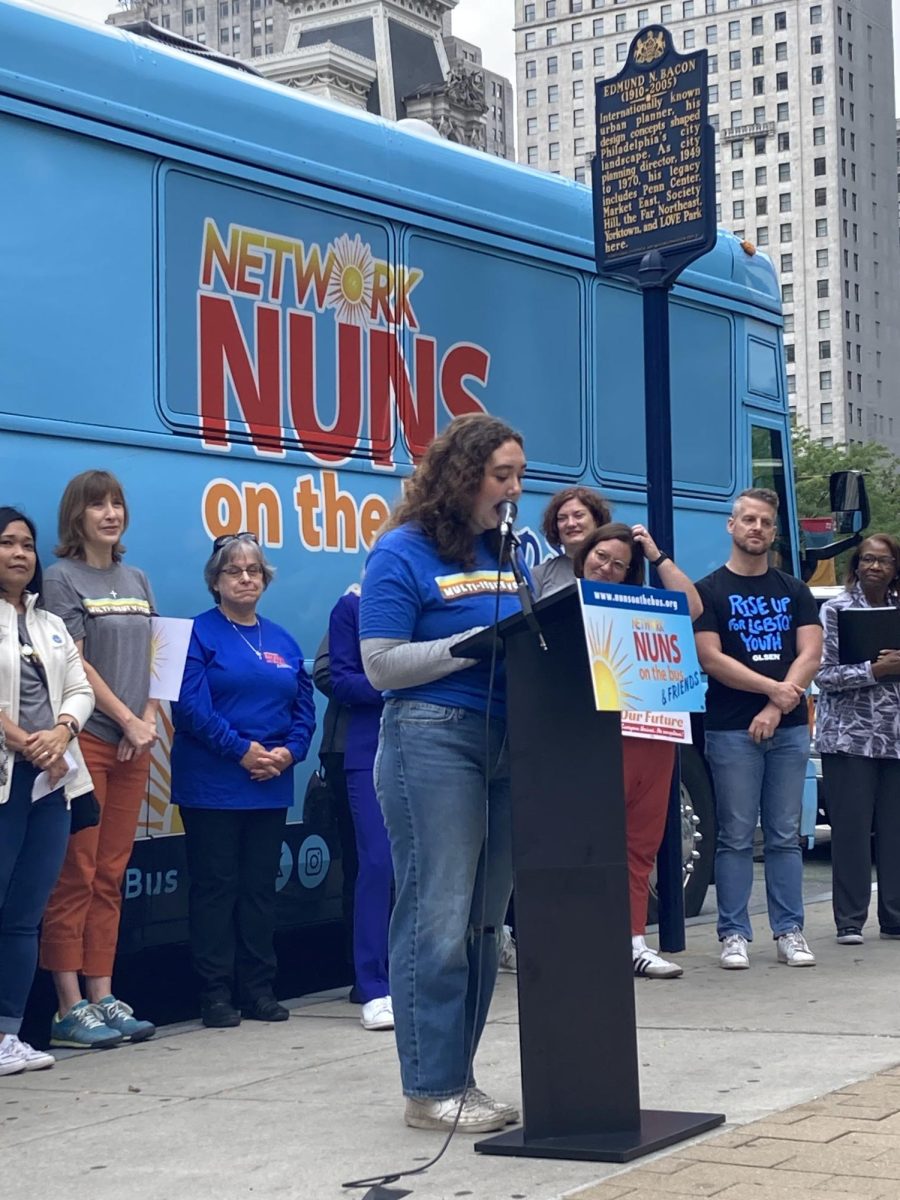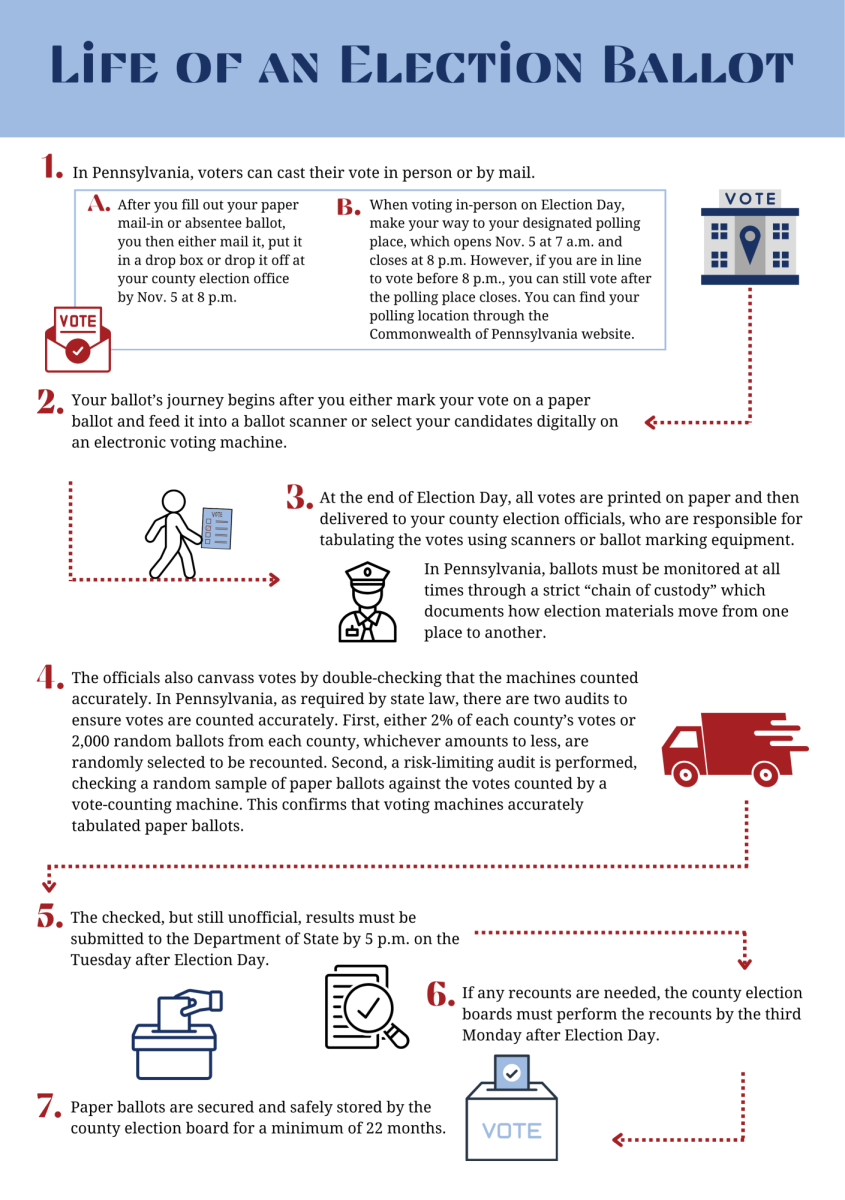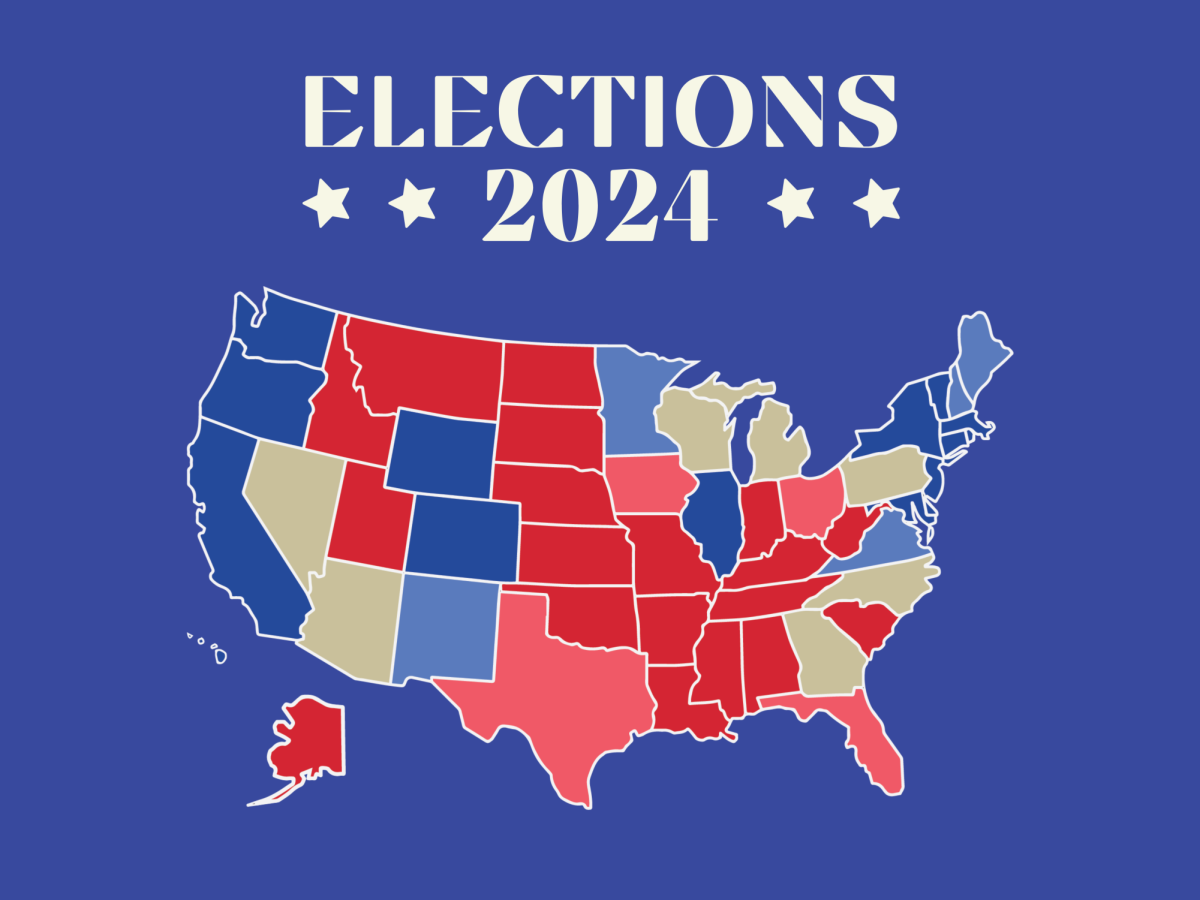
On the evening of Nov. 5, many Americans will settle in to learn the identity of the next U.S. president. Here are a few things to watch if you want an early read of the election.
We don’t have one national election in this country. We have 51 separate races, each with its own rules. For example, we no longer have Election Day — we have Election Month because of a variety of early voting methods and counting rules. States also get to set their own voting hours. Some close polling places at 6 p.m., while others go to 9 p.m.
So, what to watch? As many of us know, there are seven presumed swing states, but I’m watching Florida early in the evening. Yes, Florida is a probable Donald Trump win. But Florida is also an early closer (ending at 7 p.m.), and they have early votes counted when the polls close. In 2016, some astute observers could tell things weren’t going according to script when Florida’s early voting popped up on the chyron, showing Trump running way ahead of his projected results. Another state to follow early is Georgia, also closing at 7 p.m., and a true swing state.
What about Pennsylvania, St. Joe’s host state and perhaps the most important purple state — with a near-equal number of Democrats and Republicans — in this election? Many believe we will have to wait until Saturday morning, like we did in 2016, to learn who won here. I’m not buying another four-day delay. Pennsylvania counties have had four years of experience handling early votes, and some, like Allegheny, have greatly upgraded their equipment. In fact, in the spring, races were effectively decided when some Allegheny results were called at about 8:30 p.m. It won’t be that fast this time, but there won’t be another four-day delay either. What else to watch? Bucks (big and a swing county), Lehigh Valley (a big, purple county with many Hispanic voters who could sway the results) and Dauphin/Cumberland (the fastest-growing county, and one in transition to Democratic).
Joseph Powers is an adjunct professor of political science.























































